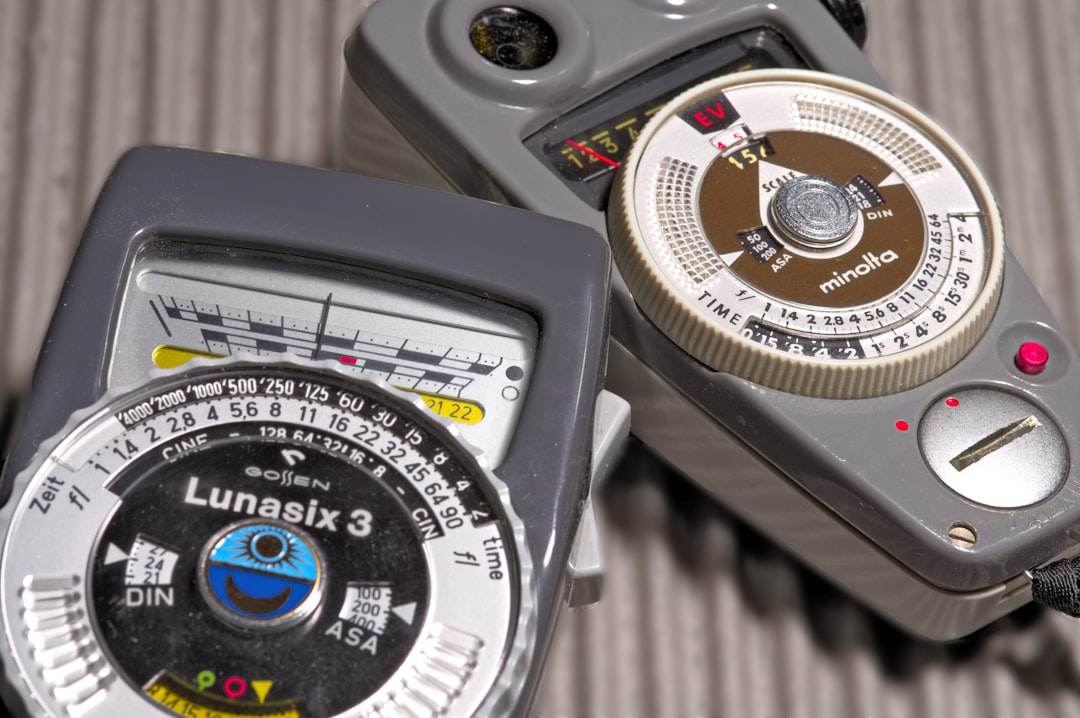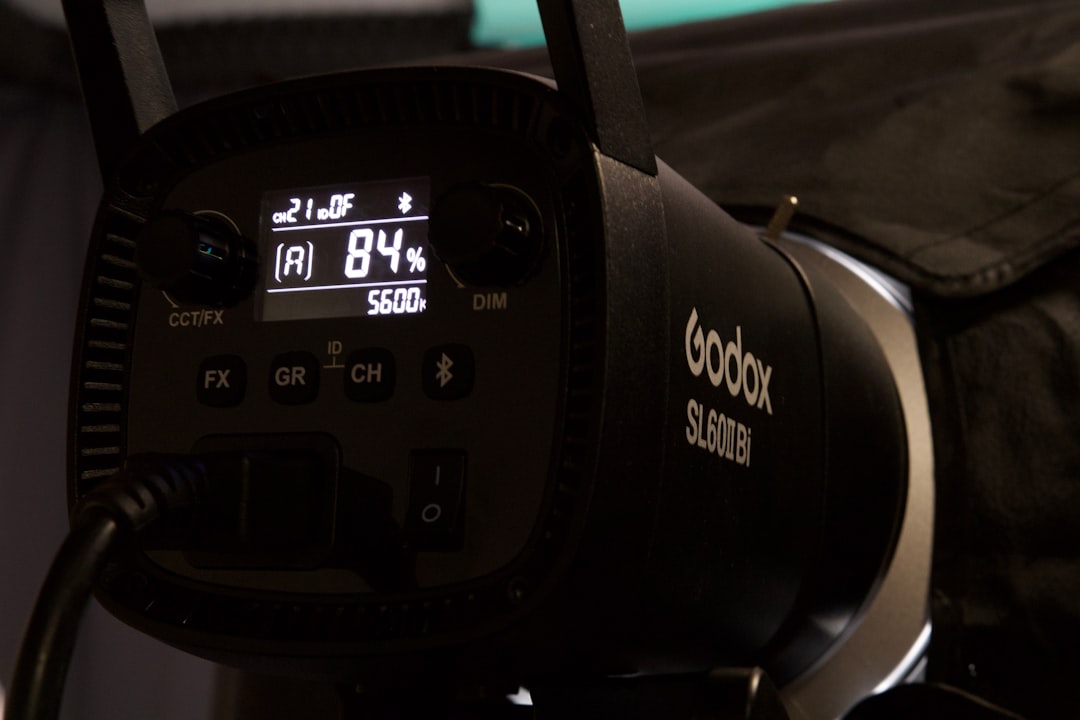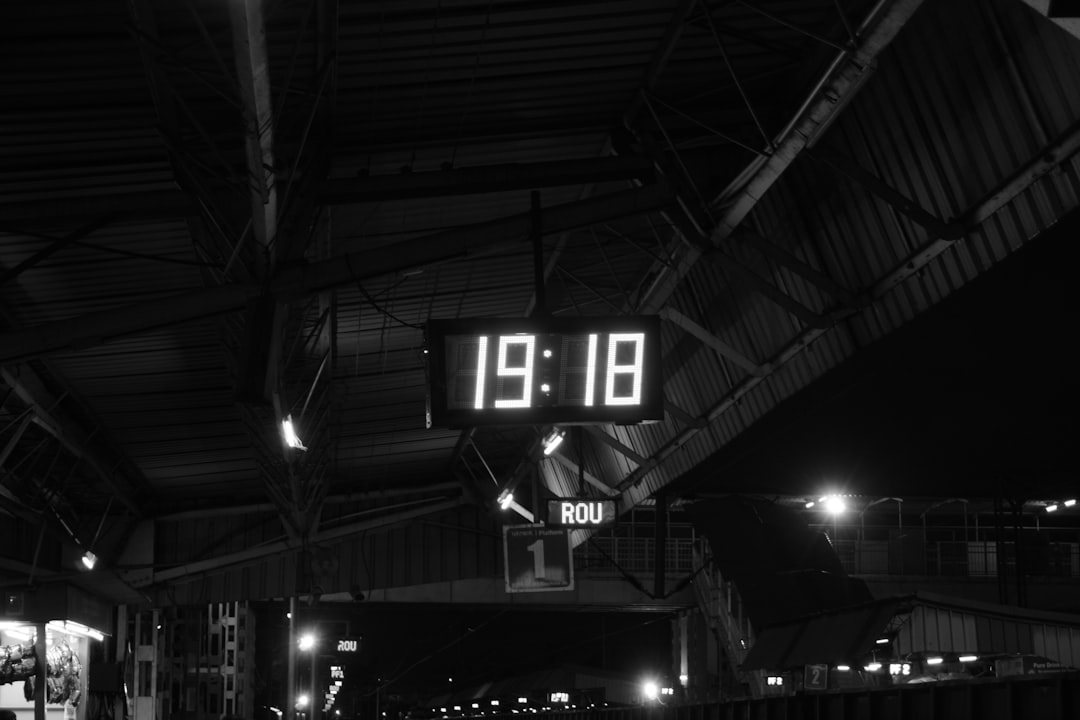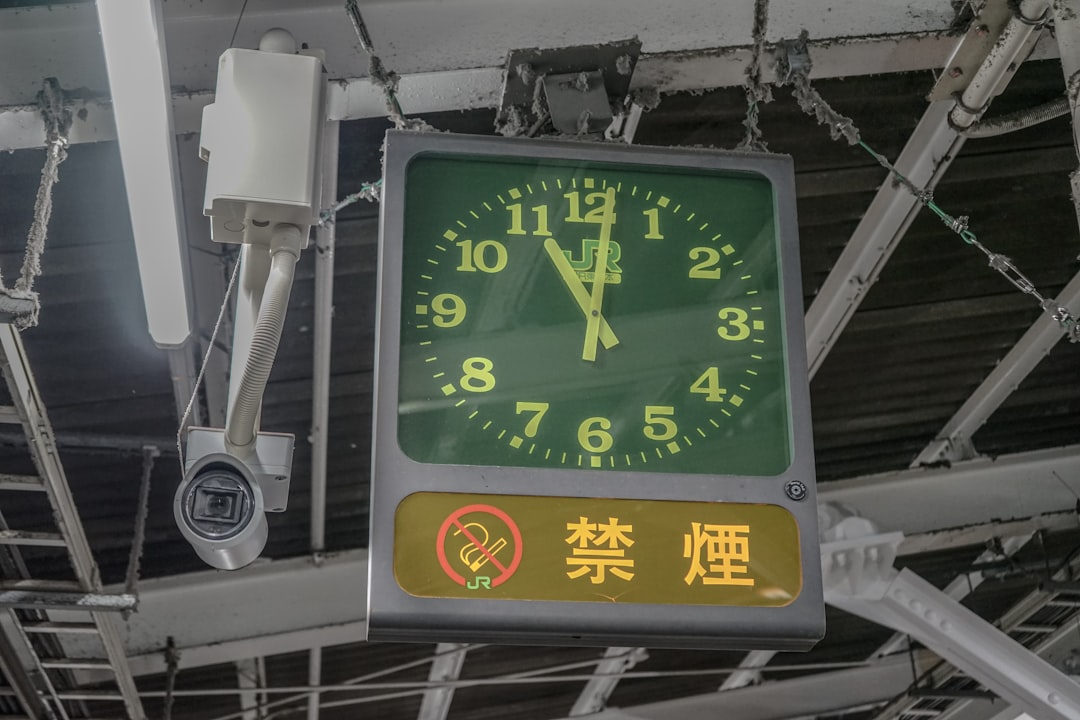

Engage prospects with a scan and streamline customer engagement with FREE QR code marketing tools by Sona – no strings attached!
Create a Free QR CodeFree consultation

No commitment

Engage prospects with a scan and streamline customer engagement with FREE QR code marketing tools by Sona – no strings attached!
Create a Free QR CodeFree consultation

No commitment
For time tracking equipment suppliers, daily operations depend on efficiently managing assets, workforce hours, and equipment servicing. Traditional manual processes and disconnected technologies create significant gaps in visibility, resulting in lost leads, missed revenue, and reduced growth. The cost shows up everywhere: incomplete time logs, misallocated equipment, delayed maintenance, and unattributable marketing interactions that never make their way into a CRM.
QR codes provide a versatile bridge, enabling fast, app-free access to digital forms, instant reporting, and seamless task automation at any physical touchpoint. This approach allows suppliers to streamline workflows, capture essential data, and reveal hidden engagement signals often missed by traditional systems. In practice, it means a technician scans a label to log usage or request service, a prospect scans a demo unit at a trade show to get specs, and your systems record the who, when, and where in real time. For campaign ideas and execution tips, see QR codes in marketing.
This article explores effective QR code strategies for time tracking equipment suppliers, guiding you through enabling frictionless equipment access, automating time and activity tracking, and turning routine scan events into actionable business intelligence for enhanced operational ROI and marketing insights. You will learn where to place codes, which formats to use, how to integrate scans with your tech stack, and how to attribute revenue to the physical moments that drive growth.

Manual logbooks and spreadsheets notoriously create blind spots; prospects interact with your assets but remain invisible if contact is not captured, and usage data is fragmented across paper or outdated systems. As a result, decision-makers with genuine purchase intent slip through the cracks, and compliance risk mounts. Replacing printed service tags, paper time sheets, and walk-up maintenance requests with QR-enabled flows reduces friction and eliminates error-prone data transcription.
QR codes modernize these processes by providing instant, verifiable scan-ins attached to each device or location. Every scan captures not just who used what, when, and where, but also surfaces anonymous interaction, giving suppliers a dynamic audit trail and triggering real-time asset management workflows. By centralizing this data with cloud integration, equipment suppliers gain a comprehensive, granular view of allocation and utilization, eliminate gaps caused by missing forms, and automate administrative tasks that previously depended on manual checks.
Metrics such as faster task completion, fewer errors, and real-time engagement tracking help suppliers identify where processes stall and how engagement can be enhanced, turning every interaction into an opportunity for improvement and targeted follow-up. In many deployments, suppliers report double-digit reductions in lost equipment, a measurable increase in billable hours captured, and a drastic drop in time-to-service completion once QR codes replace analog processes.
And yes, Sona QR is built to support every step of this transformation: generating dynamic codes at scale, routing scans to the right destination, and unifying analytics so your team can act on insight rather than assumptions.

Most suppliers struggle with fragmented records, undetected usage, or recurring maintenance issues because traditional tracking methods lack visibility into everyday, offline interactions. When potential customers or power users access equipment but do not submit a form, their interest is typically lost, leaving revenue on the table and diminishing ROI on marketing spend. QR codes remove this friction by making the next step obvious and one scan away.
QR codes address these urgent gaps by:
The result is timely, actionable data: companies can pursue leads who scan but do not submit forms, prioritize outreach based on observed behavior, and continuously improve processes based on what is actually happening on the ground. For suppliers with cyclical demand, these insights also inform inventory allocation, rental planning, and proactive maintenance schedules that reduce downtime.

Within fragmented environments, using the right QR code type can address several operational and data challenges. The formats below map to the most common supplier workflows, from asset tracking to lead generation.
Dynamic QR codes allow for ongoing content flexibility, ensuring your program evolves as operational requirements or compliance standards change. Use static codes for permanent destinations like evergreen manuals, and dynamic codes for time-sensitive content such as promotional offers, compliance updates, or pilot workflows you expect to iterate.
Growth bottlenecks often stem from lost interactions. Prospective accounts engage with assets, request demos at events, or download instructions without ever making it to your CRM. QR codes transform these touchpoints into high-value data and marketing segments by meeting users where they are most likely to act.
These placements help identify hidden, high-fidelity interactions that signal real buying or servicing intent, forming the backbone of growth-focused lead generation and retention strategies. Over time, you will recognize which surfaces consistently produce qualified interest and can adjust investments accordingly.

These use cases go beyond process simplification and create the foundation for smarter segmentation, automated reminders, and account growth. Each aligns with a common physical interaction that benefits from instant digital handoff.
For additional impact, route each use case to the right destination: check-ins to your asset management platform, maintenance scans to your ticketing system, and time tracking scans to your HRIS. Dynamic destinations let you refine flows without reprinting labels.
A major industry pain point remains the inability to identify and act on anonymous interactions or partial conversions, such as demo interest that never becomes a lead in your CRM. QR codes convert these interactions into segmentable signals that power precision retargeting.
With Sona QR, each code becomes a smart entry point into your funnel. Sona maps scans to contacts, companies, and campaigns so you can retarget scanning audiences with relevant content, such as a maintenance checklist follow-up for support scanners or a limited-time offer for pricing page scanners. For deeper tactics, see Sona’s Playbook titled Intent-Driven Retargeting: Driving High-Impact Campaigns with First-Party Intent Signals.
A frequent source of lost opportunities is marketing silos: offline interactions on equipment, at events, or on packaging that never reach your digital CRM or analytics stack. QR codes provide a practical bridge, ensuring every channel feeds actionable, attributable data back to your system.
By consolidating scan signals, suppliers can pinpoint which offline tactics convert, which accounts warrant follow-up, and where additional investment drives the best ROI. Sona QR centralizes this data so marketing, sales, and operations work from the same source of truth.
Start by clarifying the business problem you want to solve. Common goals for time tracking equipment suppliers include recovering missed billable hours, reducing asset loss, capturing trade show leads, or accelerating service response times. Pick one high-impact workflow, such as check-in and check-out for high-value assets, or demo interest capture at your next conference.
Define how success will be measured. Examples include increasing logged equipment usage by 20 percent, cutting time-to-service by 30 percent, or converting 15 percent of event scanners into qualified opportunities. This clarity guides your code destinations, data capture fields, and follow-up automation.
Decide whether your destination needs to be editable and trackable. Static QR codes work for permanent, evergreen content like a PDF manual that rarely changes. Dynamic QR codes are better for anything you want to optimize, measure, or personalize over time, such as check-in flows, service forms, or event promos.
For this industry, dynamic codes are often the default because they support audit trails, A/B testing of CTAs, and route changes without reprinting labels on equipment. Sona QR generates both static and dynamic formats, with built-in analytics and the flexibility to swap destinations as your workflows evolve.
Design for visibility and clarity. Include your logo and brand colors, and add a short instruction such as Scan to log usage, Scan to request service, or Scan to view specs. Place codes on flat, low-glare surfaces, and consider durable materials that withstand chemicals, abrasion, and weather.
Test in real-world conditions. Verify scans from multiple devices and angles in low light, on curved surfaces, and at different distances. Conduct a pilot with a small team, collect feedback on friction points, and refine the design or placement. Minor adjustments in size, contrast, or CTA language can significantly increase scan rates.
Roll out where untracked or anonymous engagement causes the most loss. Prioritize high-value assets, time clock locations, job trailers, and trade show collateral. Integrate scanning steps into standard operating procedures so adoption becomes a habit, not an exception.
Support the rollout with training. Explain what users get by scanning: faster approvals, fewer errors, and less administrative overhead. Align incentives by showing how reliable logs reduce disputes and improve project profitability. Sona QR can generate printable sheets and exportable label sets to speed up deployment.
Monitor analytics beyond raw scan counts. Segment by location, asset ID, time of day, and user type to understand where adoption is strong and where it stalls. Tie scans to outcomes such as form completions, ticket resolution time, and demo bookings to see what drives business impact.
Iterate on what you learn. A/B test landing pages, adjust CTAs, change placement, or add micro-education at scan points. Use Sona QR to push updates without reprinting labels and to sync performance data into HubSpot or Salesforce so your teams can act on signals immediately.
Without closed-loop analytics, time tracking equipment suppliers risk investing in engagement tactics that do not deliver results or, worse, miss signals of high-value interest entirely. Tracking must connect the first scan to downstream actions and revenue so you can prove impact and scale what works.
Advanced QR tracking tools now allow teams to:
With Sona QR and Sona, an AI-powered marketing platform that unifies identity, attribution, and activation, you can centralize this data and automate follow-up. Sona QR captures real-world engagement, while Sona connects those events to your funnel and revenue, giving you a clear line of sight from scan to sale.
Use these best practices to get more value out of your QR code campaigns. Focus on tactics that match your physical media, buyer journey, and tools.
Creative deployment examples: include QR codes on reusable asset tags that double as warranty cards, or on project kickoff packets that link to a digital onboarding hub with time tracking setup, training videos, and support contacts—powered by flexible QR code apps. Sona QR integrates with leading CRMs to make these scans instantly actionable.

These examples show how QR-enabled workflows address pain points such as invisible engagement, missed leads, and outdated account data. They also demonstrate creative ways to adapt QR strategies to any operational challenge, from warehouse operations to field services to event marketing.
Tips:
Common pitfalls:
By addressing these pitfalls with strategy and the right technology, time tracking equipment suppliers can surface the hidden moments of engagement that drive efficiency and revenue.
For time tracking equipment suppliers, QR codes now represent a practical solution to the ongoing challenge of connecting physical assets and real-world processes with digital systems. By embedding effortless scan points across equipment and workflows, suppliers gain real-time transparency and the ability to identify and nurture high-value accounts that align with business growth. For strategic guidance on audience identification, read Sona’s blog post The Essential Guide to Account Identification—Turn Your Website Into a Goldmine.
The impact is significant: manual errors decrease, onboarding and compliance improve, missed sales opportunities fade, and deep customer insights empower smarter engagement throughout the lifecycle, from first scan to contract renewal. With advanced analytics and integration, suppliers can proactively identify interest, prevent churn, and optimize operations with greater precision than ever.
Organizations that develop unified, insightful QR code strategies will not only achieve greater efficiency but also position themselves to claim new opportunities as they emerge, maximizing customer value and operational returns. If you are ready to get started, Start creating QR codes for free. Then connect scan data to Sona to unify attribution and see how physical engagement contributes to pipeline and revenue.
QR codes have transformed the time tracking equipment suppliers industry from static, manual processes into seamless, efficient, and data-driven operations. By integrating QR codes, suppliers can streamline equipment access, enhance user verification, and track usage in real time—delivering improved operational accuracy and security. Imagine instantly verifying employee check-ins or equipment usage with a quick scan, reducing errors and boosting productivity across your entire workflow.
With Sona QR, you gain the power to create dynamic, trackable QR codes that update instantly without reprinting, enabling you to monitor scans, control access, and optimize asset utilization effortlessly. This means fewer bottlenecks, better compliance, and actionable insights that translate directly into cost savings and superior service delivery. Start for free with Sona QR today and transform every scan into a reliable, measurable step toward smarter time tracking and equipment management.
QR codes enable fast, app-free scan-ins to log usage, check in and out equipment, track employee time, and submit service requests by linking physical touchpoints to digital forms and automated workflows.
QR codes speed up maintenance reporting, reduce manual entry errors, prioritize service requests by severity, and shift maintenance from reactive to preventive by capturing real-time condition reports tied to specific assets.
QR code tracking provides instant, verifiable logs of who used what equipment, when, and where, creating a dynamic audit trail that helps prevent lost equipment, ensures accurate utilization data, and automates administrative tasks.
Best practices include selecting use cases with clear success metrics, choosing dynamic QR codes for flexibility, designing codes for visibility and durability, deploying codes at high-impact touchpoints, training users on benefits, and continuously monitoring and optimizing scan data.
By replacing paper logs and manual transcription with QR code scans that automatically record verifiable time entries, QR code systems eliminate data gaps, reduce transcription mistakes, and enable real-time validation of employee activities.
Use Sona QR's trackable codes to improve customer acquisition and engagement today.
Create Your FREE Trackable QR Code in SecondsJoin results-focused teams combining Sona Platform automation with advanced Google Ads strategies to scale lead generation

Connect your existing CRM

Free Account Enrichment

No setup fees
No commitment required

Free consultation

Get a custom Google Ads roadmap for your business






Launch campaigns that generate qualified leads in 30 days or less.
